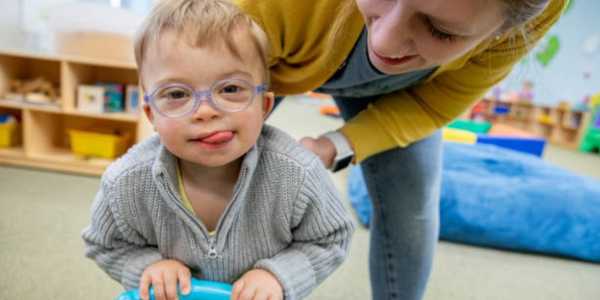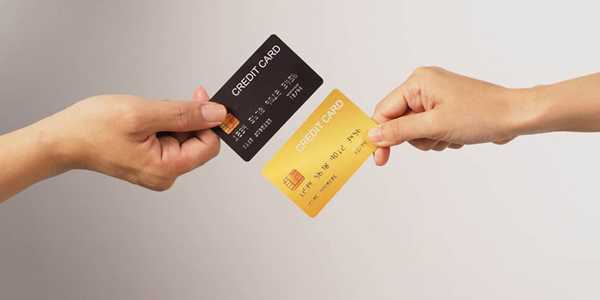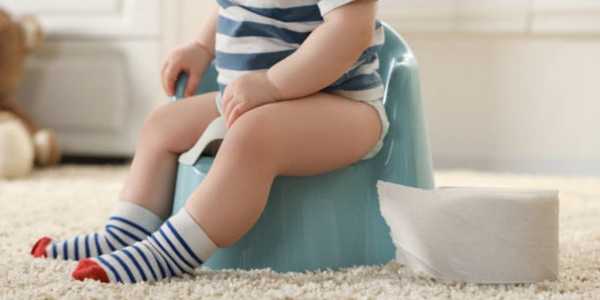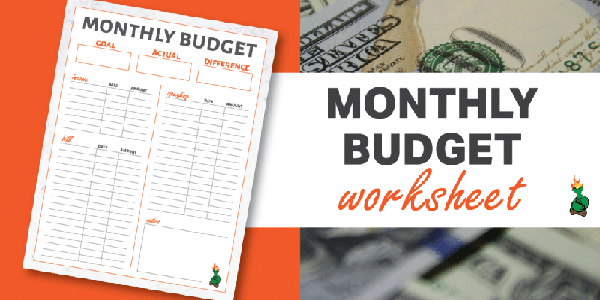How To Choose The Right Preschool For Your Child
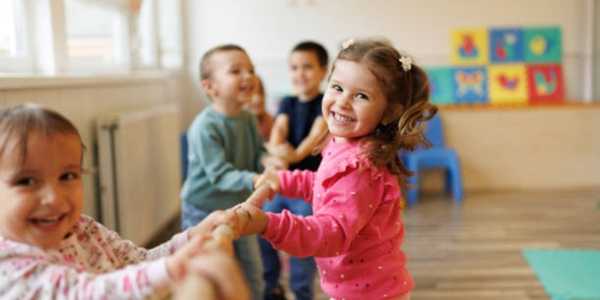
Preschool is not just a place to drop off a child for a few hours; it's a vital learning environment. It's the first real step into the world outside the family. Good early education shapes how a child learns, thinks, behaves, and interacts with the world. Many parents rush this decision.
Look At The Preschool’s Learning Approach
A good preschool shapes a child's perception of learning and builds skills beyond letters and numbers. Choosing one isn't like grocery shopping; parents need to look deeper. Some think "a child will be fine anywhere," but where and how a child learns matters.
Some preschools keep kids busy, while better ones use clear teaching methods. Look for a balance of play, social skills, early reading and counting, with structured daily plans.
Programs like Montessori or Reggio Emilia help children learn at their own pace, build confidence, and develop self-control. Teacher-led classes are fine too, as long as there is a clear plan, not random babysitting. Parents can read more about different teaching styles on trusted sites like NAEYC .
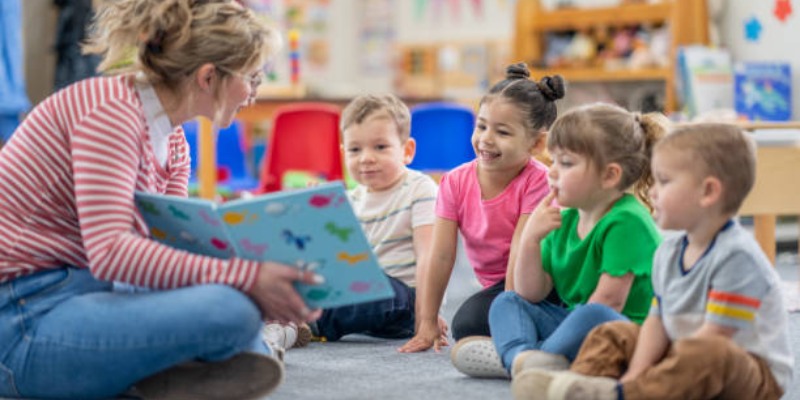
Safety And Cleanliness Come First
Children put everything in their mouths. They run. They fall. So safety is non-negotiable. Visit the school and assess its cleanliness. Look at the toilets, play areas and classrooms. Please discuss with the teachers how they ensure the safety and wellbeing of the children.
Ask if they have first aid kits and trained staff on site. Verify if a safe pickup and drop-off plan is in place. If the classroom appears dirty or the outdoor area has malfunctioning equipment, continue searching.
Check Teacher Quality And Ratio
A preschool is only as good as its teachers. Some schools hire just anyone to watch the kids. Others have trained, patient teachers who understand child development. Ask about the teachers' experience and training. Good schools often conduct background checks as well.
Another thing parents overlook is the teacher-to-child ratio. Fewer children per teacher means more attention for each child. The National Association for the Education of Young Children recommends a ratio of no more than 10 children per adult for children aged 3 to 5 years old. Younger kids need even closer care.
Ask About Daily Activities
Children learn through play, but random play all day does not help them grow well. The best preschools have a daily mix of activities. These include free play, group play, reading, art, outdoor time and even quiet rest.
Ask to see a sample daily schedule. If every day consists only of cartoons and snack time, look elsewhere. Good schools plan activities that build a child's thinking, creativity and teamwork.
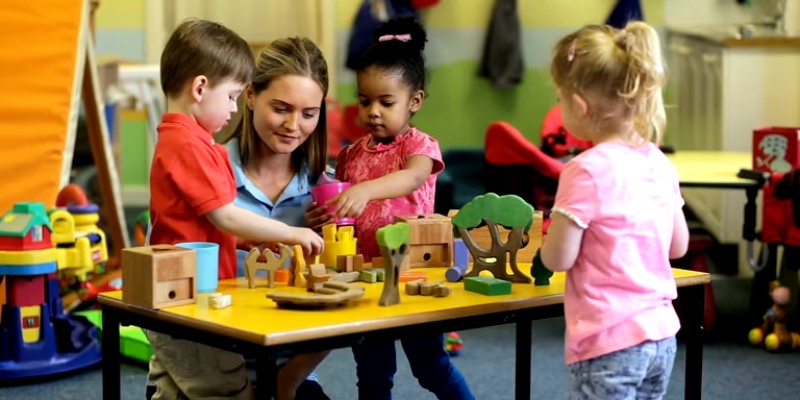
See How They Handle Discipline
Preschools need clear rules for children's behaviour, and how teachers guide small kids in testing limits matters. Ask how they handle fighting, biting or crying. A good preschool sets clear limits but does not punish harshly.
Teachers should guide children in discussing their feelings and help them resolve any problems they may encounter. This helps build respect and enables children to manage their emotions more effectively in the future. Schools that shout or shame children can harm their love of learning.
Think About Location And Cost
Sometimes, parents choose a preschool that is too far away or too costly, which can be tiring for both children and parents during a long trip. High fees can cause Stress. Select a school that aligns with your family's budget and daily routine.
Some parents get tempted by fancy buildings with huge playgrounds. But those do not always mean better teaching. Check the real value. Some private schools charge a high tuition but pay their teachers very little. This leads to high staff turnover. A stable team is better than fancy walls.
Talk To Other Parents
One way to determine if a preschool is good is to speak with parents whose children attend it. Many parents post honest reviews online. Some schools also have parent groups. Ask about what they love and what they would change.
No school is perfect, but if too many parents complain about poor communication, safety or teachers leaving every month, that is a red flag. For trusted reviews, sites like GreatSchools can help.
Visit Before Deciding
Do not just rely on social media or ads. Take time to visit the preschool. See the classrooms. Observe how teachers interact with the children. Is it calm and warm or rushed and cold? Do children look happy or bored?
A visit tells more than glossy pictures. Ask if your child can try it for a day or two before making a long-term commitment. Good schools often welcome this.
The Ultimate Preschool Tour Checklist For Parents
What to Ask
1. What is your educational philosophy? (Montessori, play-based, teacher-led, or mixed)
2. What does a typical daily schedule look like? (balance of free play, art, outdoor time, rest)
3. How do you handle discipline and challenging behaviours like tantrums or biting?
4. What qualifications and training do your teachers have? (ECE degrees, CPR, first-aid)
5. What is your teacher-to-child ratio in each classroom?
6. What is your staff turnover rate, and how do you retain teachers?
7. How do you prepare children for kindergarten? (skills focus, readiness assessments)
8. How do you communicate with parents? (apps, newsletters, parent meetings)
9. What is your illness/sick-child policy? (criteria for staying home, cleaning protocols)
10. How much outdoor playtime do children get daily?
11. What is your screen-time policy for children?
12. How do you handle food allergies or special needs?
13. How do you ensure safety during drop-off and pickup?
14. Do you have first-aid kits and staff trained in emergency procedures on-site?
15. Can you share a current parent reference or testimonials?
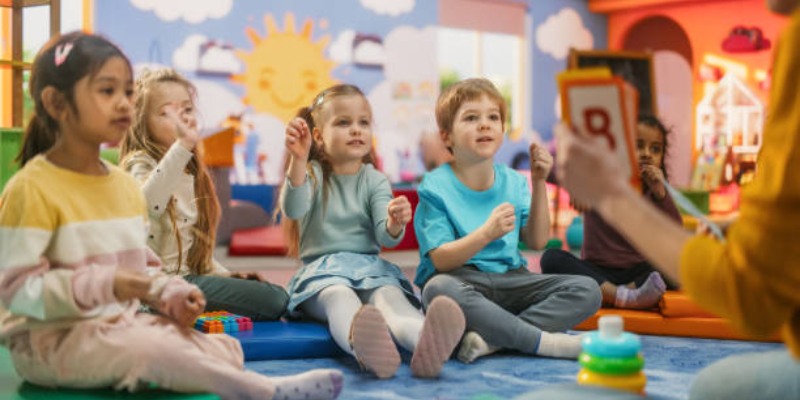
What to Observe
1. Cleanliness & Upkeep
Classrooms, bathrooms, and hallways are clean, organised, and free of clutter.
Toys, learning materials, and furniture are tidied and regularly cleaned.
Clear walking paths without tripping hazards.
2. Safety Protocols
Secure entrances and gated outdoor play areas.
Clear emergency exits and keep first-aid kits readily available.
Teachers are trained in first aid and emergency procedures.
A safe and organised drop-off and pickup process.
3. Classroom Layout & Environment
Child-height shelves and accessible materials for independent exploration.
Spaces for group and solo activities, as well as cosy corners for quiet time.
Warm, welcoming decor with natural light.
Age-appropriate furniture and child-sized toilets.
4. Teacher-Child Interaction
Teachers speak warmly, kneel to child level, and guide calmly.
Observe how teachers handle conflicts, crying, or behavioural issues.
Seek positive guidance rather than resorting to shouting or shaming.
5. Ratio Compliance
Small group sizes (ideally 1:6 for toddlers, 1:10 for preschoolers).
Teachers can give individual attention.
6. Daily Activities in Action
Check if children are engaged in a variety of activities, including play, group activities, art, reading, and outdoor play.
Look for a structured yet flexible daily routine rather than random, unstructured free play all day.
7. Materials & Curriculum in Use
A variety of books, puzzles, art supplies, and STEM materials are actively used by children.
Technology (if used) is interactive and age-appropriate, not passive screen time.
8. Health & Hygiene Practices
Handwashing routines for children and staff.
Clean toilets, sinks, and visible hygiene reminders.
Check if toys are sanitised regularly.
9. Child Behaviour & Atmosphere
Children appear happy, engaged, and safe.
The general atmosphere is warm, calm, and nurturing, rather than chaotic or tense.
Licensing & Safety
1. Licensing & violations
Verify that the state licenses the preschool and check for any past violations, which should be publicly posted or available upon request.
2. Health & hygiene procedures
Ask about how often toys and surfaces are cleaned, and whether handwashing is part of the daily routine. Verify if there are clear sick-child policies in place regarding when children should stay home from school.
Materials & Curriculum
1. Visible & used materials
Look for a variety of books, art supplies, puzzles, and STEM materials in daily use, not just sitting on shelves.
2. Balance of structured vs unstructured play
The daily schedule should include a mix of free play, group activities, reading time, outdoor play, and quiet rest.
3. Interactive, age-appropriate technology
If screens are used, ensure they are interactive learning tools (such as phonics games) rather than passive screen time.
A Good Preschool Prepares Children For Life
A right preschool does more than ABC and 123. It helps children learn how to wait their turn, share, ask questions and solve minor problems. This allows them to adjust more effectively when they transition to kindergarten and beyond.
Parents do not have to rush this big choice. They should ask questions, read reviews, visit and compare. When in doubt, it is better to wait than to jump into a poor fit.


